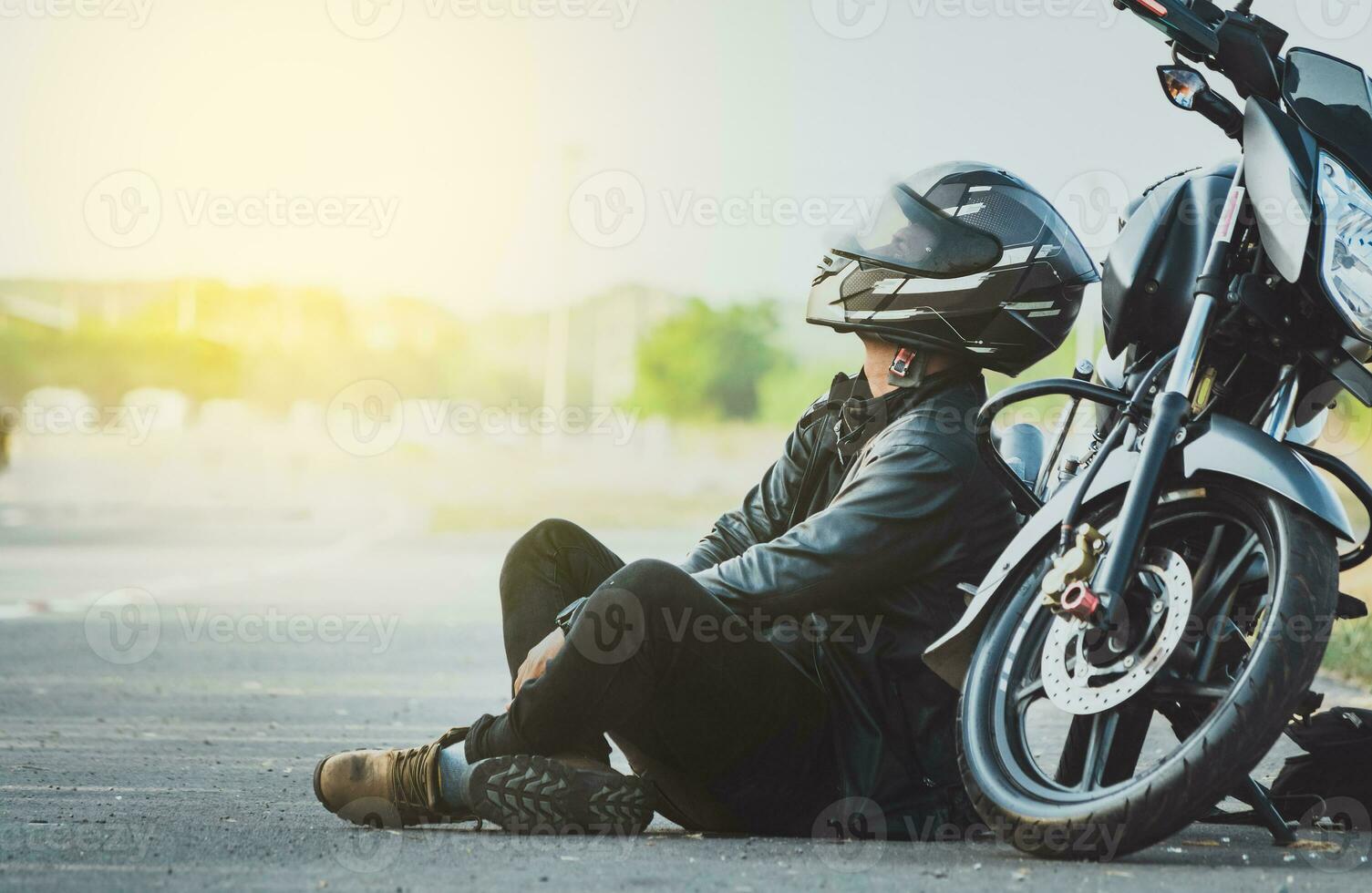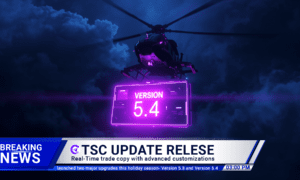College campuses are designed to be safe, walkable environments for students. But as campuses expand and traffic increases, accidents involving vehicles — including motorcycles — are becoming more common. When a student is injured on school grounds by a motorcycle, the aftermath raises difficult legal questions. Who is responsible: the rider, the school, or both? How do liability laws apply in an environment where education, athletics, and student life intersect? And what rights does an injured student have to seek justice?
This article explores the complexities of liability and legal rights in motorcycle accidents occurring on school property, drawing on insights from attorneys who specialize in school law, student defense, and motorcycle accidents.
Why Motorcycle Accidents on Campus Are a Growing Concern
Universities and high schools are no longer isolated spaces; many campuses border busy streets or allow limited vehicle access. With the popularity of scooters, motorcycles, and mopeds among students, the risks have multiplied. Parking garages, delivery zones, and even designated campus roadways can become accident hotspots.
For pedestrians — whether crossing between classes or heading to athletic practice — the combination of congested traffic and distracted riding can be a recipe for serious injury. Broken bones, concussions, and even long-term disabilities are not uncommon in these collisions.
Determining Liability: The Motorcycle Rider vs. the Institution
The first legal question is typically whether the accident was caused by the negligence of the motorcycle rider, the school’s failure to provide a safe environment, or a combination of both.
Motorcyclists have a duty to follow traffic laws and operate safely on campus. If they speed, ignore crosswalks, or ride in restricted pedestrian zones, they may be directly liable for injuries. However, schools and universities also have a duty to maintain safe premises. Poorly marked crosswalks, inadequate traffic enforcement, or unsafe campus design can shift part of the responsibility to the institution.
Jason Wright, Austin School Law Attorneys at The Law Office of Jason Wright, explains:
“Schools can’t simply shrug their shoulders and blame the rider. If the institution knew that motorcycles regularly cut through pedestrian areas and did nothing to enforce safety measures, liability can absolutely extend to the school itself.”
This dual-liability framework often means both the rider’s insurance and the school’s liability coverage come into play.
The Role of Campus Safety Policies
Most universities have campus safety policies regulating vehicle access, parking, and speed limits. These rules are intended to protect students, but enforcement is often inconsistent. A motorcyclist ignoring a speed limit sign on a campus road is no different from someone running a stop sign in a city — but the consequences for enforcement may differ dramatically.
Failure to enforce these safety rules can expose the school to premises liability claims. If prior accidents or complaints were ignored, victims can argue that the institution failed in its duty to maintain a safe campus environment.
Motorcycle Injury Claims: Unique Challenges for Students
When the injured party is a student, the damages extend beyond medical bills. Missed classes, interrupted athletic careers, or even long-term educational setbacks can all form part of the injury claim. Insurance companies, however, may try to downplay these non-economic damages, arguing they are speculative or temporary.
Experts of Philadelphia Motorcycle Accident Lawyer at Cousin Benny Injury Lawyer highlight the stakes: “Students injured in motorcycle accidents often face a unique burden. They’re not just losing wages — they’re losing semesters of progress, athletic opportunities, and in some cases, their entire educational trajectory. That loss is real and needs to be recognized in legal claims.”
Documenting these impacts through school records, tuition costs, and athletic scholarships can significantly strengthen the victim’s case.
When Criminal Charges Intersect With Civil Claims
If the motorcyclist was reckless — for example, intoxicated or speeding in a pedestrian-only zone — criminal charges may also arise. These charges are separate from civil lawsuits but can influence the outcome. A criminal conviction, such as DUI or reckless driving, can provide strong evidence of negligence in a civil case.
At the same time, schools may impose disciplinary measures if the motorcyclist is a student. This could range from suspension to expulsion, further complicating the legal landscape.
Student Misconduct and Title IX Considerations
In some cases, when misconduct is tied to a broader pattern of behavior — such as hazing, harassment, or reckless actions involving student organizations — liability may extend beyond the individual rider.
Susan Stone, Student & Athlete Defense Attorneys of KJK, notes: “When a motorcycle accident on campus is connected to student organizations, such as fraternities, clubs, or even athletic teams, the legal issues can overlap with misconduct and Title IX investigations. That makes these cases uniquely sensitive and multi-layered.”
This is particularly relevant if the motorcyclist is accused of endangering others in connection with a student group activity. Schools may face pressure to act swiftly under Title IX or other student conduct policies, while civil attorneys focus on securing compensation for the injured party.
Insurance Coverage in Campus Motorcycle Accidents
Insurance issues often define the practical outcome of these cases. Potential sources of coverage include:
- The motorcycle rider’s personal auto/motorcycle insurance
- Umbrella or excess liability coverage (if available)
- The school’s liability insurance (if institutional negligence applies)
- Medical payment coverage from student health insurance plans
Coordinating these policies is complex. Schools may attempt to limit their exposure by arguing the rider was entirely at fault, while the rider’s insurer may claim the school failed to protect pedestrians. Attorneys often need to pursue claims against both parties simultaneously.
The Broader Impact: Schools’ Duty to Adapt
Beyond individual claims, these accidents highlight the need for schools to rethink traffic and safety management on campus. As more students use motorcycles, scooters, and e-bikes, traditional pedestrian models no longer suffice. Better signage, designated riding lanes, stricter enforcement, and awareness campaigns can reduce risks.
Legal accountability pushes institutions toward these reforms. Each claim underscores that safety isn’t just about maintaining roads and sidewalks — it’s about actively anticipating how vehicles interact with student life.
Conclusion
Motorcycle accidents on campus raise complex questions of liability, balancing the duties of individual riders with the broader responsibilities of schools and universities. For injured students, the legal battle often involves proving negligence not just on the part of the motorcyclist but also the institution entrusted with their safety.
By pursuing compensation through both individual and institutional claims, students can address the medical, academic, and personal losses such accidents cause. And by holding schools accountable, they help create safer environments for future generations of students.
Read More From Techbullion



































